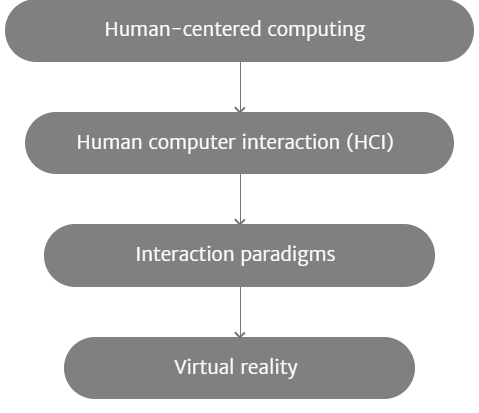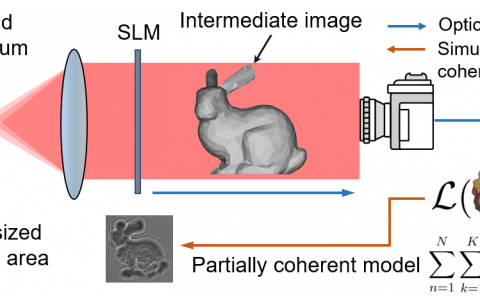Do You Feel Like Passing Through Walls?: Effect of Self-Avatar Appearance on Facilitating Realistic Behavior in Virtual Environments
PubDate: April 2020
Teams: The University of Tokyo
Writers: Nami Ogawa, Takuji Narumi, Hideaki Kuzuoka, Michitaka Hirose

Abstract
Preventing users from walking through virtual boundaries (e.g., walls) is an important issue to be addressed in room-scale virtual environments (VEs), considering the safety and design limitations. Sensory feedback from wall collisions has been shown to be effective; however, it can disrupt the immersion. We assumed that a greater sense of presence would discourage users from walking through walls and conducted a two-factor between-subjects experiment (N = 92) that controls the anthropomorphism (realistic or abstract) and visibility (full-body or hand-only) of self-avatars. We analyzed the participants’ behaviors and the moment they first penetrated the wall in game-like VEs that gradually instigated participants to penetrate the walls. The results showed that the realistic full-body self-avatar was the most effective for discouraging the participants from penetrating the walls. Furthermore, the participants with lower presence tended to walk through the walls sooner. This study can contribute to applications that require realistic user responses in VEs.

